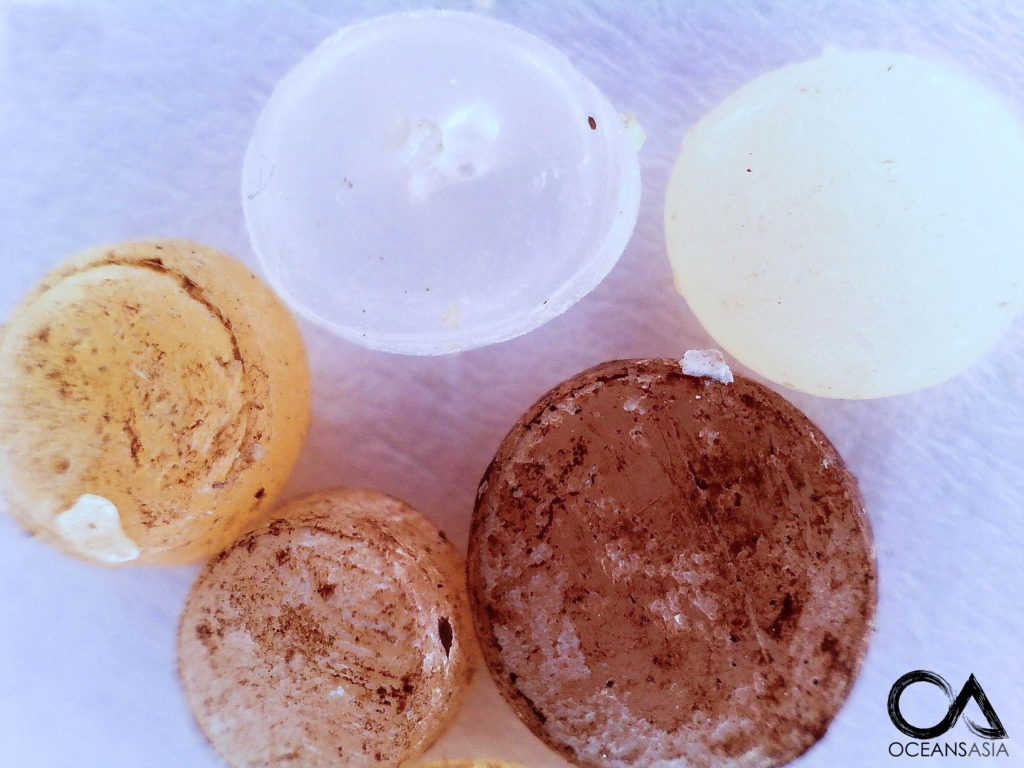Microplastic Survey of the Soko Islands, Hong Kong
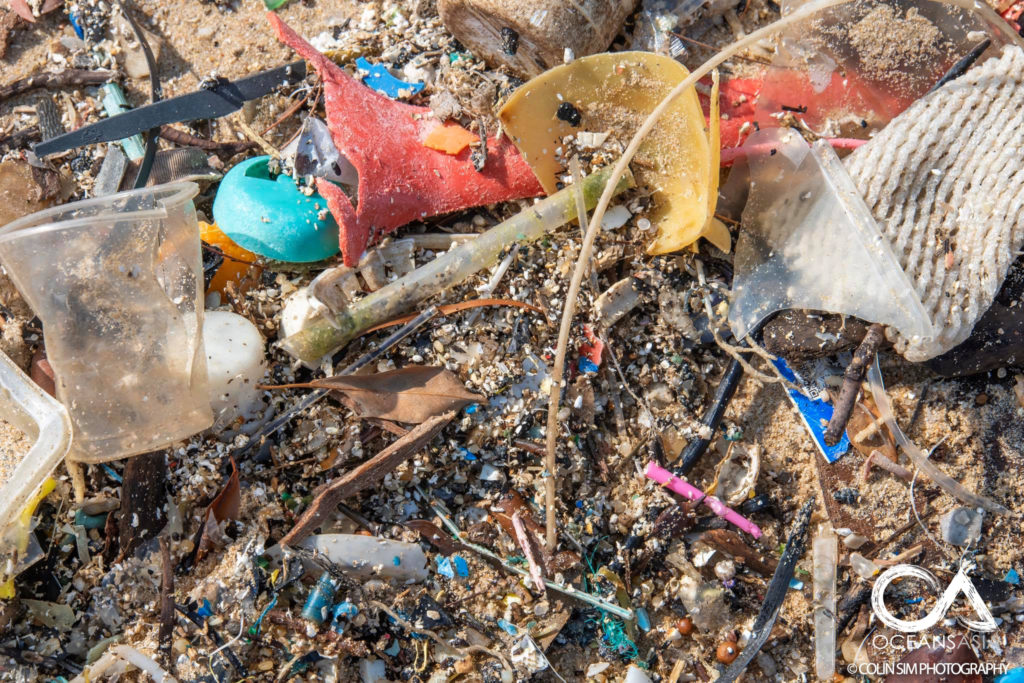
OceansAsia is currently conducting research into the microplastics found on the Soko Islands, Hong Kong. This small group of islands is located on the western edge of Hong Kong at the mouth of the Pearl River Delta, and they are remote, meaning that they can only be accessed by boat. They are as far away from downtown Hong Kong as you can get.
The isolation of these islands make it a perfect candidate for our research as the beaches on these islands have generations of marine debris build up that is rarely cleaned up. Our test site is located on an east-facing beach that carries much of the debris from along the south coast of Hong Kong, as well as debris from the Pearl River. The make up of the debris shows a variety of materials, including fishing gear, household trash, packaging, as well as some more bizarre findings.
While our work currently focuses on collecting samples of microplastics, we are also documenting the monthly shift in the debris, as well as debris composition. Using drones to map out the beach and near shore debris, we hope to be able to better understand the nature of plastic pollution accumulation in the region and to produce a comprehensive report at the end of our survey period.
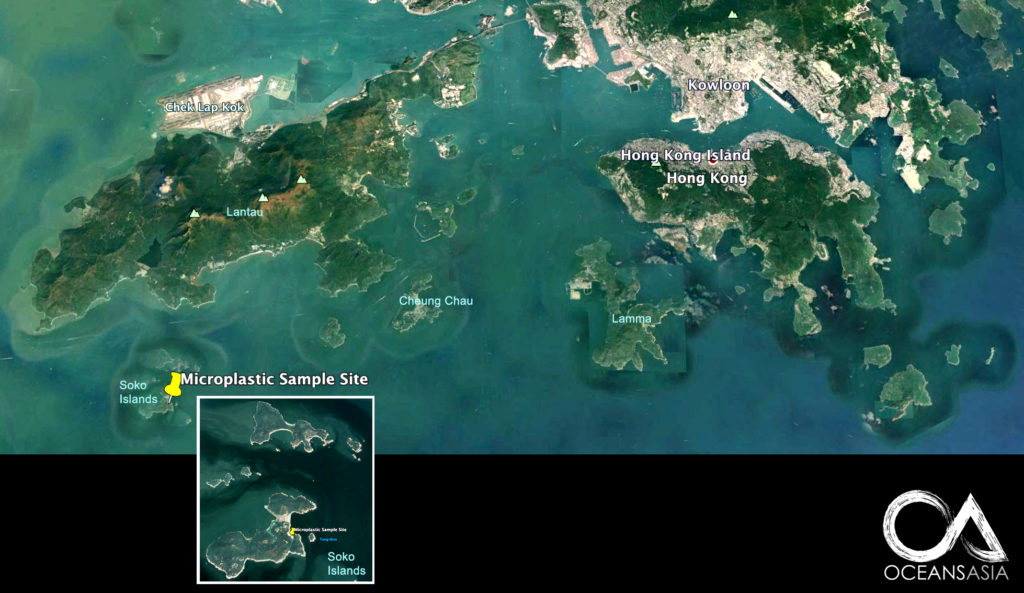
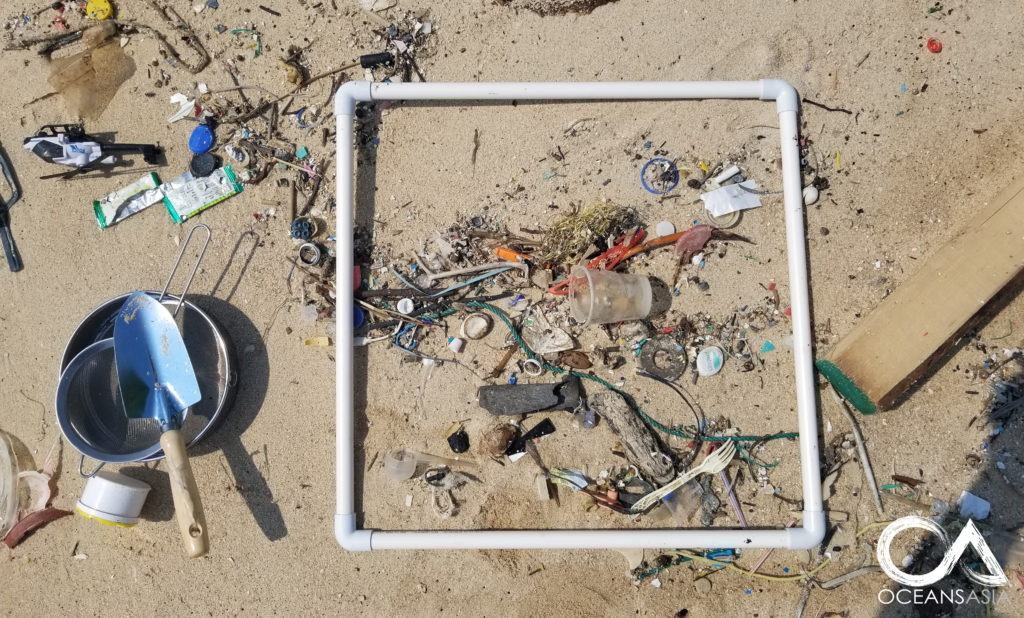
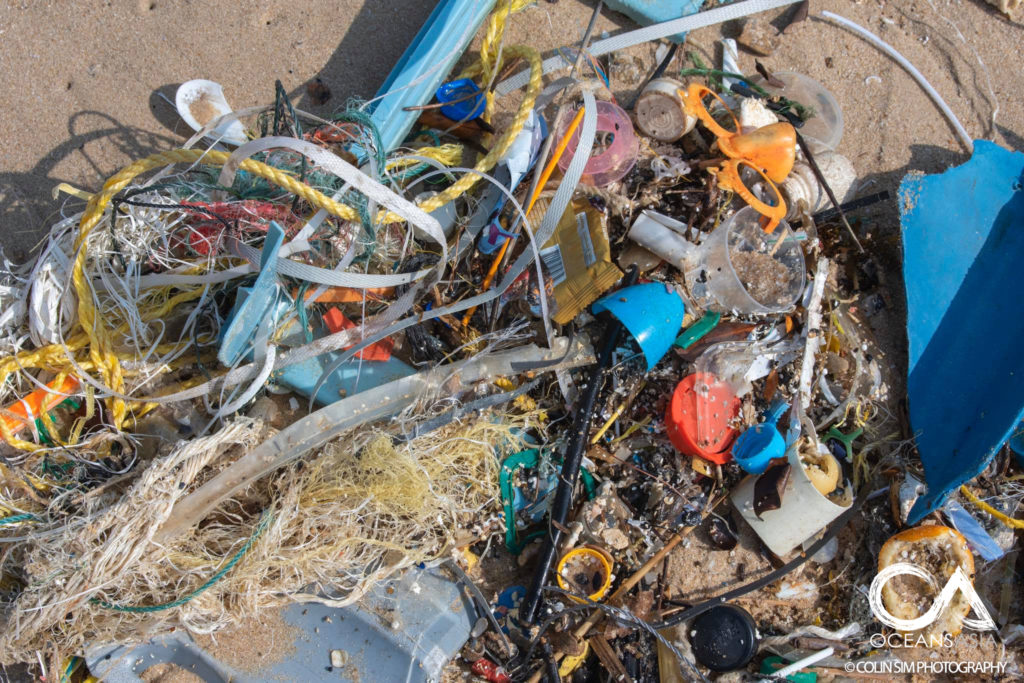
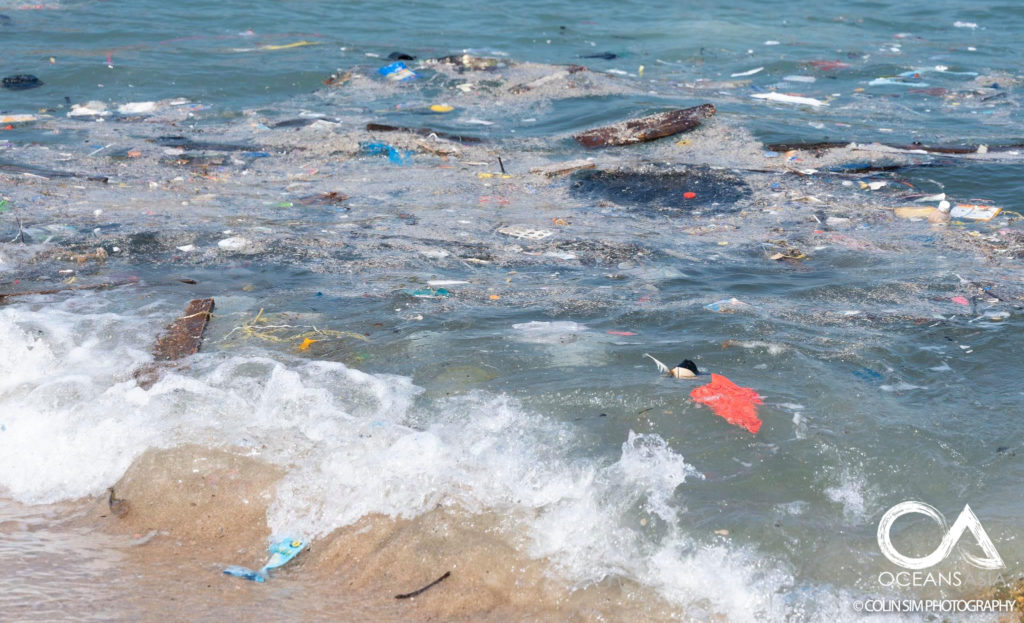
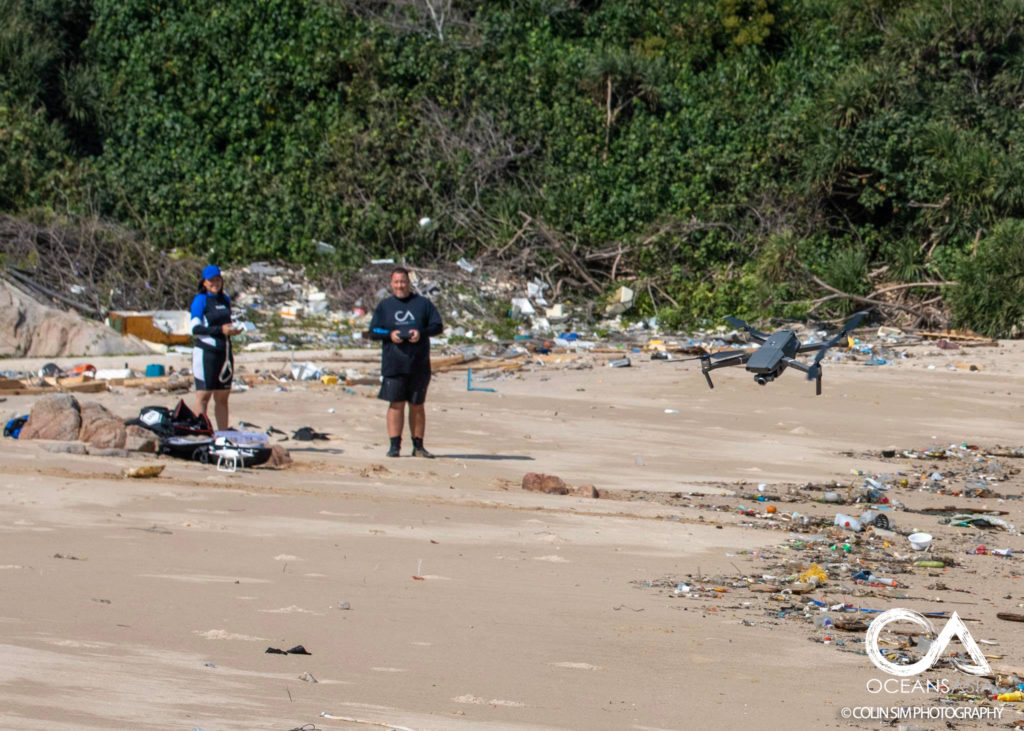
After the samples are collected, they are laid out to dry, ready for sorting. Before sorting, the samples are photographed. The larger pieces are removed and kept to one side. The next step is to begin sorting the organics and polystyrene beads from the smaller plastic fragments and nurdles (pre-production plastic pellets). At this point we are only photographing the polystyrene and organics. This way we can tell approximately what percentage of the total these make up. The small plastic fragments and nurdles are then seperated and counted. The results of these will be published in a report in the near future.
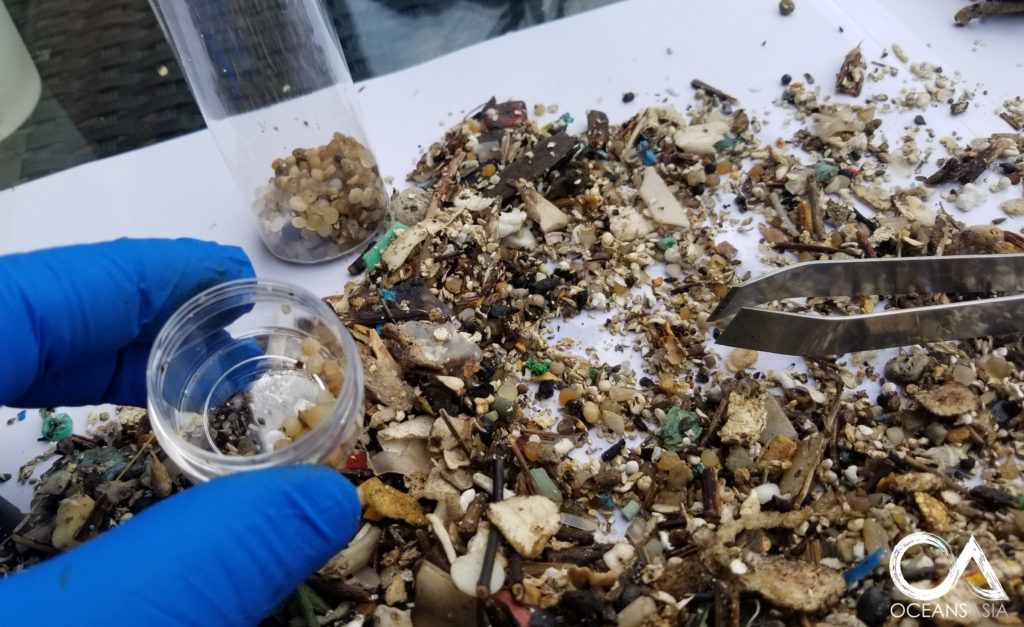
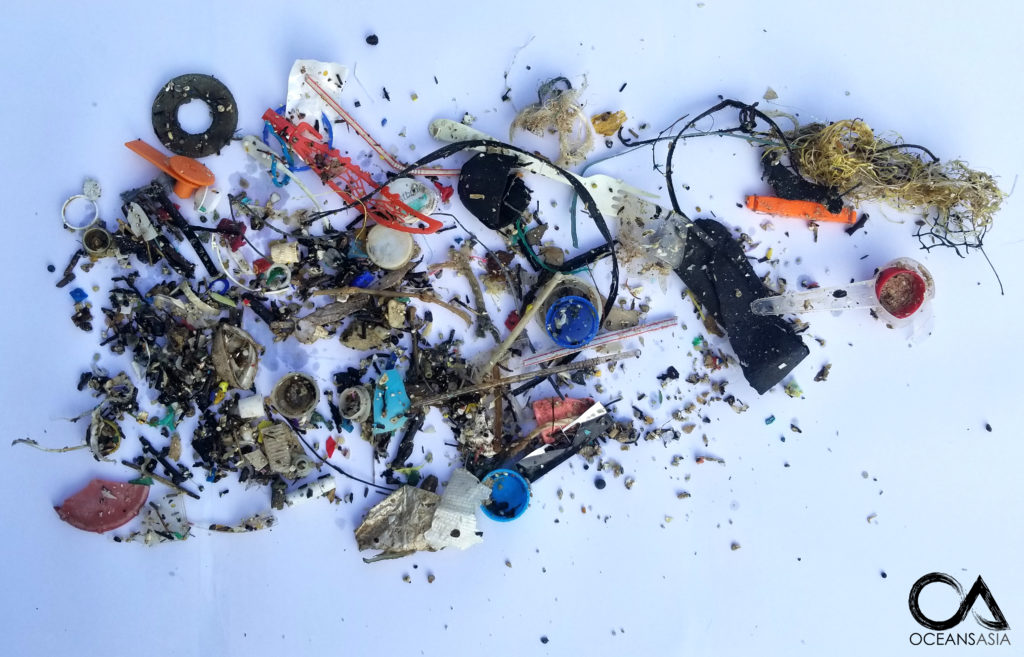
Nurdles or pre-production plastic pellets are the raw component of all plastic items. They are transported in large sacks and spillage is rife during both transportation and inside the factories. Factory floors are often washed down and the nurdles end up washing down the drains and into rivers leading to the sea. Nurdles are found on almost every beach worldwide.
Micro-plastics often have rough, coarse surfaces that adsorb (attract to the surface) pollutants and toxins. Marine life that mistakenly eat these micro-plastics are often found either dead or malnourished as the plastics accumulate in the animals stomach, taking up essential space needed for food to energy transfer. Once in the stomach of an animal, the toxins then transfer to the flesh. This is where the concern lies with humans that consume seafood, eating flesh that has been marinated in toxins.
One of the most concerning issues with micro-plastics is that they are being found inside marine wildlife – seabirds, marine mammals, and fish – many fish that are ultimately destined for human consumption. One study in Tunisia found microplastics in 96% of mussels tested. And plastic has been found in fish in seafood markets, dried fish, and processed and canned fish.
Microplastics are becoming alarmingly ubiquitous. It seems that wherever researchers look they find microplastics, whether it is in honey and sugar, beer, milk, table and sea salt, bottled water, tap water, and freshwater. Plastic is increasingly being found inside the human body including recent studies which have found microplastic in placenta and human blood.
